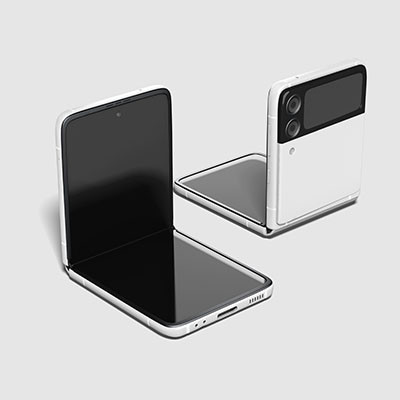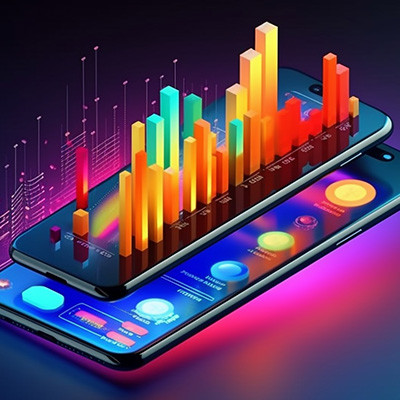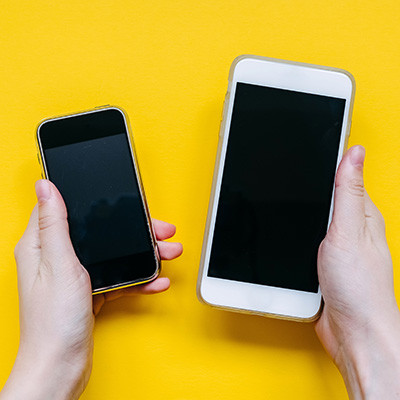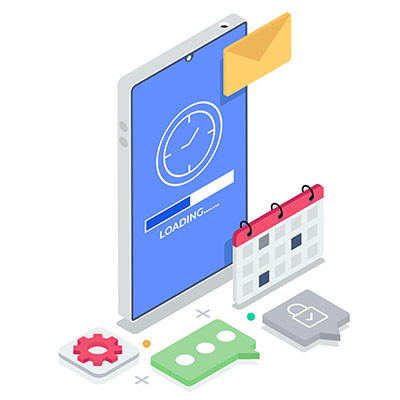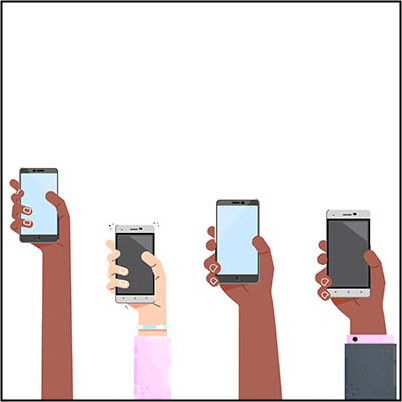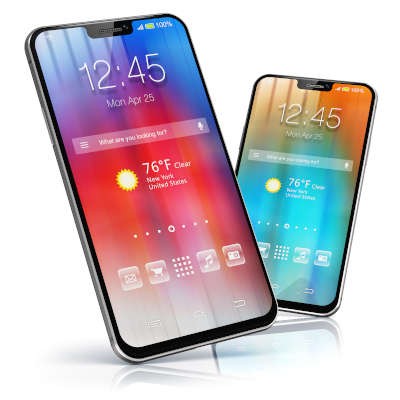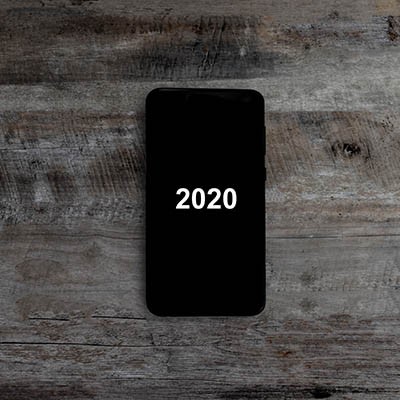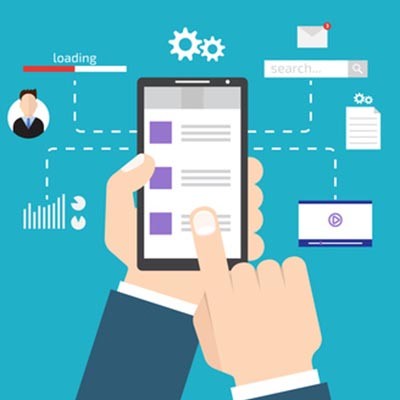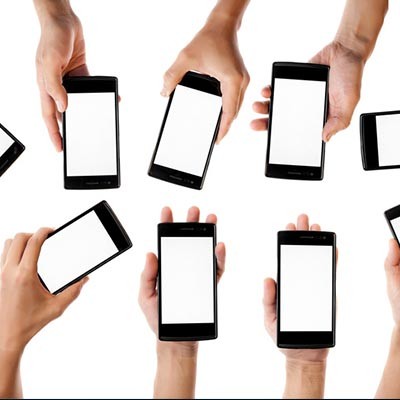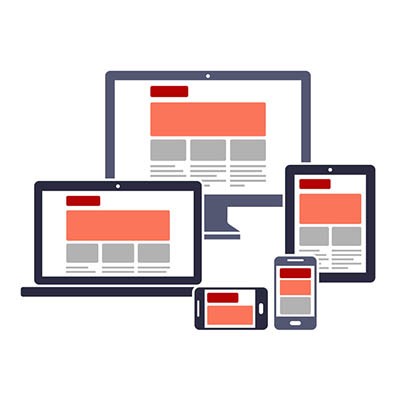Today, we encounter situations in business where digital communication is preferred by many people, and as a result, the use of smartphones to conduct business has become more common. With this shift in the way people do business, there are several considerations that the modern worker has to navigate to properly use smartphones to their advantage. Let’s take a look at a few in today’s blog.
PCSOFT Blog
One of the biggest trends in mobile technology is the incorporation of foldable displays allowing device manufacturers to create interesting products. While this innovation is undeniably cool, do these foldable devices actually provide the benefits they are marketed for; namely enhancing productivity?
Smartphones are incredible productivity tools that anyone can take advantage of for personal computing or business purposes. Thanks to the large amount of mobile applications available, there are countless ways that people can reimagine various aspects of their lives for the better. To help you out, we’ve put together four of our favorite smartphone tips that you might find useful.
Mobile devices, mainly smartphones, have become an indispensable tool for people to stay connected and to get things done on the go. While they can be a source of distraction, when used wisely, mobile devices can significantly enhance productivity. Let’s explore some practical tips on how to leverage the potential of your mobile device to maximize your efficiency and achieve your goals.
Think how much has changed in the past 20 years. The Internet went from dial-up to broadband. Cellular networks have brought computing to more people through the use of computers that fit in your pocket. These mobile devices have changed the way that we communicate, changed the way business works, and changed the way we go about our daily lives. Let’s talk about how mobile is the predominant type of computing being used in society today.
Smartphones are, in a word, ubiquitous. With 86.29% of the global population owning a smartphone in 2023 (according to Statista), one would think—pretty justifiably—that the smartphone market is doing pretty well indeed.
The opposite is actually true. Let’s take a quick look at the smartphone market and its decreases, as well as the lack of innovation that is largely blamed for this decline.
Just about everyone has a smartphone these days, but it takes a little know-how and self-awareness to use it in a productive way. Instead of your smartphone turning into a time-wasting device, you can use it to get more work done and reduce your stress levels in the workplace. Here are three helpful tips you can implement to use your smartphone in a better, more productive way.
Last week, we committed one of our blogs to examining some of the most impressive new flagship smartphones to be found on the market—the creme de la creme, if you will, with price tags to match. This week, we wanted to focus on a different market: those looking to get a great value for less than half of what the flagships demand. If you aren’t the type to finance a phone, here are three options to consider for less than $500.
The smartphone has ushered in a revolution for communication and productivity, and in today’s world, it’s critical that we keep an eye on the developments in smartphone technology to ensure workers stay competitively productive and ahead of the game. Let’s examine three of the flagship smartphone devices for early 2022.
Think about how different your computing practices are today compared with the way you did things 20 years ago. If you’ve been around that long, there is a good chance that the way you go about things is much, much different than it was at the turn of the century. The biggest difference today is how most people use mobile devices to do a large percentage of their computing, as compared with past generations. Today, we will take a look at some of the innovations that mobile devices have made to be able to stand alone at the top of the computing food chain.
Millions of people have moved off the traditional computer and now use their smartphone for checking email, editing documents, and doing much of their work. This means they need their device to be powerful and reliable. Today, we are going to take a brief look at some of the best smartphones available today: the flagships.
If there is any computing device that has fully entered the mainstream, it’s the smartphone. This means that there is public demand for the best - and manufacturers pay attention, regularly rolling out better and better phones (at least, that’s the plan) all the time. As the new year rolls around, many are using the holidays to get themselves a little something for 2020.
Do you have a smartphone? Do you feel as though your data is secure on it? Users are relying on smartphones more and more to accomplish daily tasks. This means there is a massive amount of data traffic each day transferred to and from your device, and potentially transferred into the hands of a cybercriminal.
The smartphone has completely changed the way that the workplace functions, providing near-constant access to all the wonders of the Internet. People can communicate in ways previously never thought possible, and the possibilities these days are indeed limitless. There are applications out there that can make life more fulfilling and business more productive.
Notebooks are one of the oldest and most reliable ways of taking notes. You probably have many notebooks sitting around the office filled with information. Of course, with today’s technology growing more accessible, digital notebooks have grown in popularity. In fact, they might even be more dynamic and helpful than the traditional notepad. Here are some tips to help you get the most out of your digital note-taking solution.
The smartphone market is one of the oddest ecosystems in the world today. Divided between east and west, many of the largest manufacturers in the eastern hemisphere are relatively unknown to western consumers. The market slump that the smartphone industry is currently experiencing only makes it more important to closely examine the features and other improvements that these devices offer. Below, we examine five of the best options for a user’s consideration.
Professionals who work in an office naturally have varying degrees of Internet use, but one thing remains the same: in an age where mobile devices are commonplace, what a website looks like on a smartphone screen is extremely important from a user’s perspective. This is called responsive web design, and this week’s tech term will provide an overview of what it is and why it’s helpful.


